Yesterday, while walking around the city in search of attractions for #odessaguidebook, I decided to visit a rather strange place.
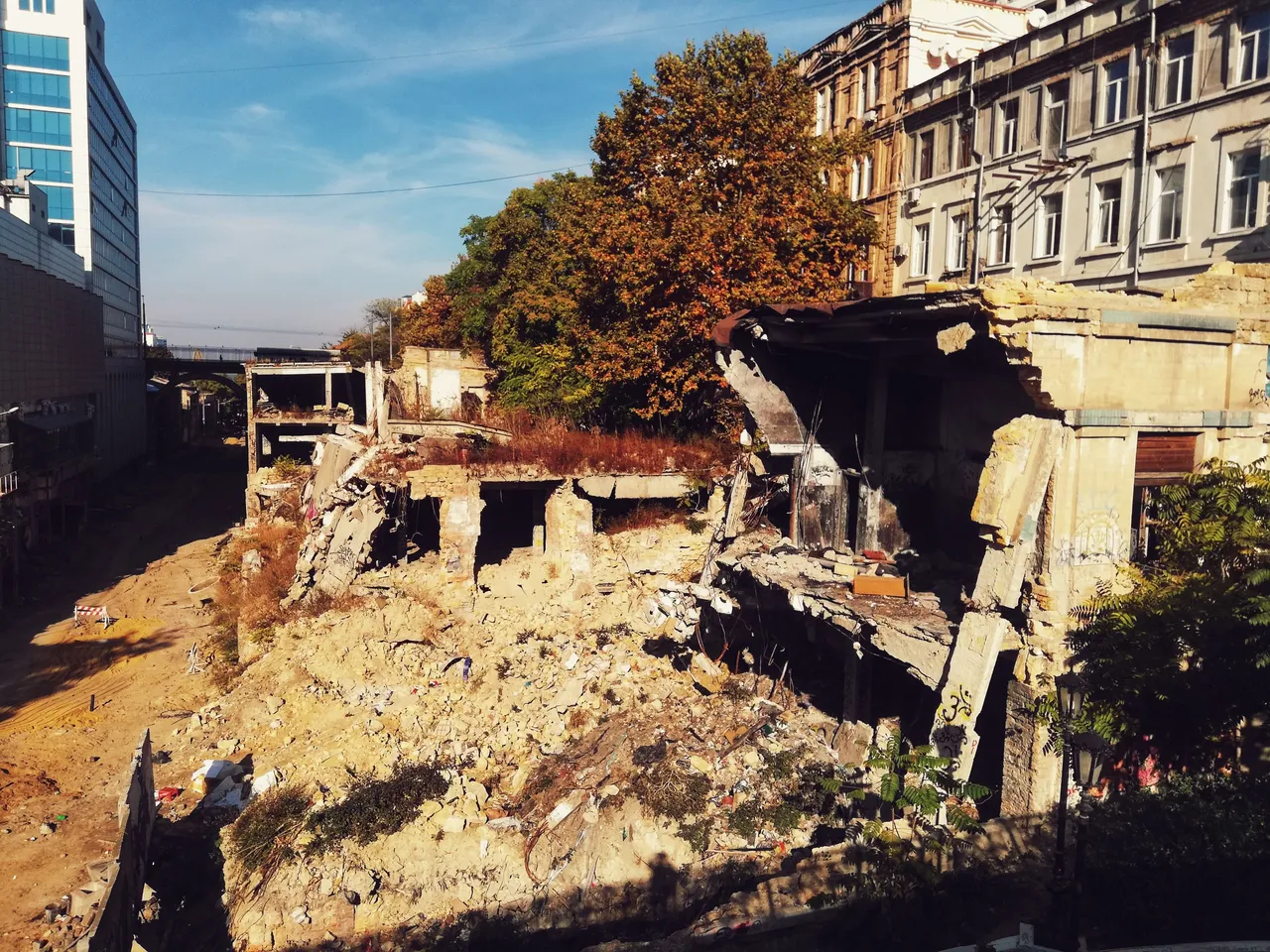
I had heard about him for a long time, but I was sure that this street was located somewhere on the outskirts of the city. But no! Literally a block from the Opera House, not far from the main streets of Odesa, there is Devolanovsky descent.
The history of Devolanovsky descent
Devolanovskiy descent regularly hits the city news, although its terrible condition is far from news. Its history is commensurate with the history of the city. The first mentions of the Karantinnaya gully (the very first name of this slope) are found in 1803. Then the gully was more extended and went to the present Kulikovo field. As the beam fell asleep, it became smaller and smaller, and also changed its name.

Retrospectively, the names were as follows: Quarantine beam (or descent) first appears in 1812, then there are the names of Novikov descent (1842), Practical descent (1846), Novikova beam (1848), Sikardov descent (1848), Levashevsky descent (1886). In Soviet times, the descent was called the Vakulenchuk descent. The last name - Devolanovsky descent - was approved in August 1995.
It so happened historically that the area of Devolanovsky descent was part of the industrial zone of Odesa.
Almost until the 30s of the twentieth century, this place was a haven for the urban poor. There were warehouses, shelters for port workers, cheap eateries, and eateries. The Soviet government resettled the shelters. The buildings were repaired and transferred to housing.
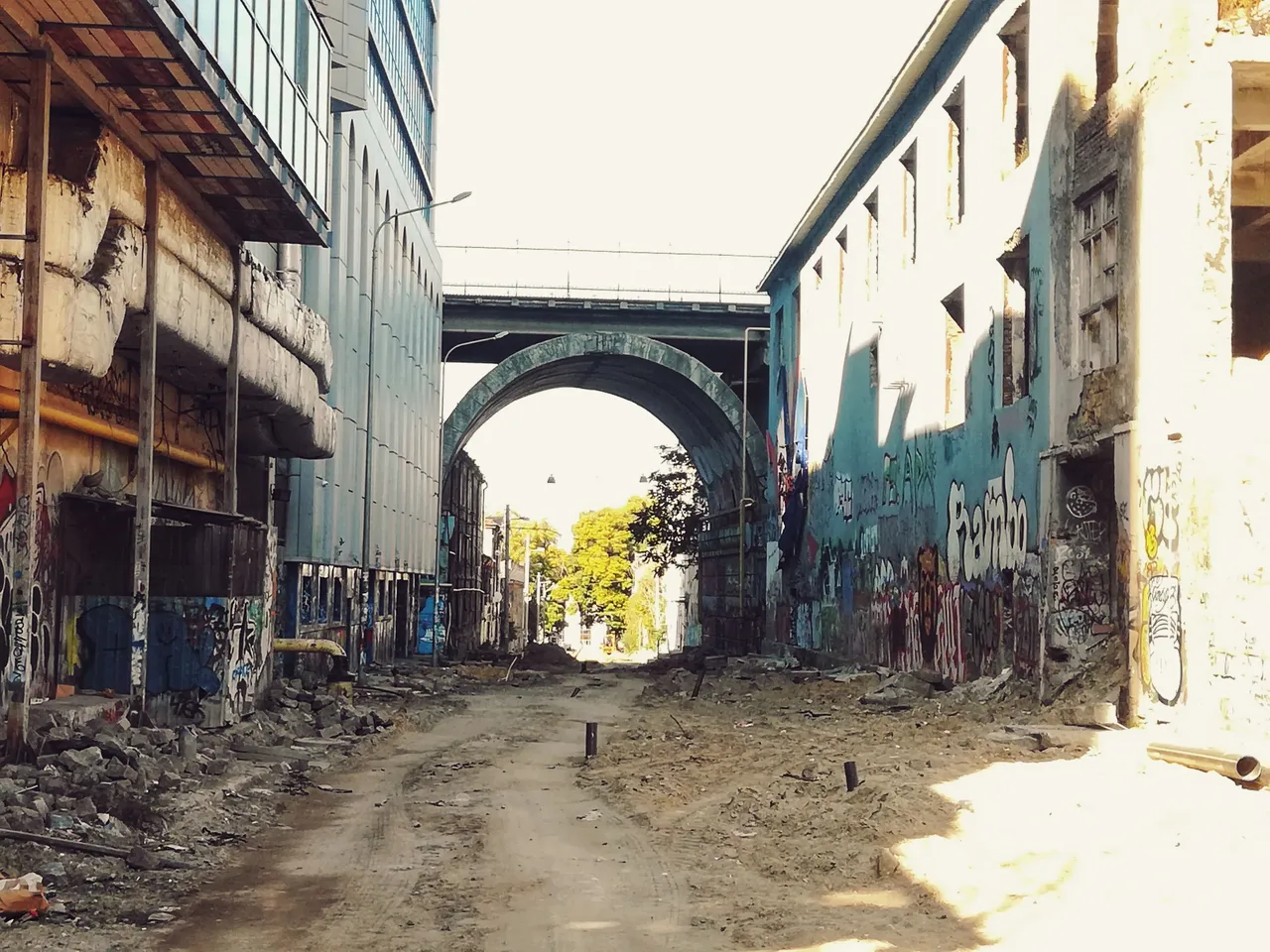
In the second half of the twentieth century, on the site of the quarters destroyed as a result of the Second World War, the production buildings of the Epsilon plant were built, which produced radio components for the Soviet military-industrial complex.
After the collapse of the USSR, the activities of Epsilon ceased, some of the buildings fell into decay, and some were bought out by private entrepreneurs.
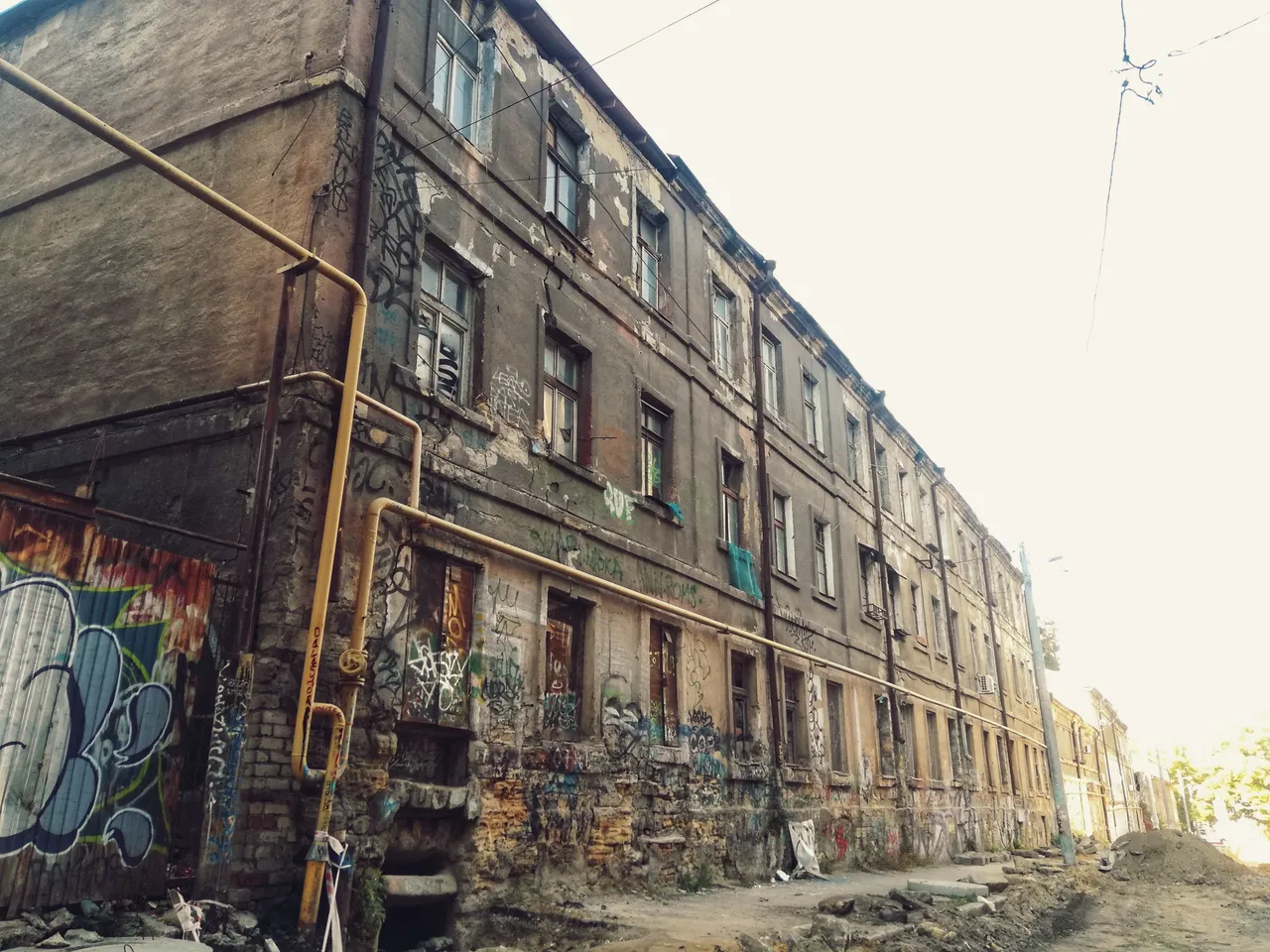
There is an unofficial name for the Devolanovsky descent: among themselves, the inhabitants of Odesa call it - "Ditch". This name appeared a long time ago, even from the time when there was no organized drainage of rainwater in Odesa, and the streets of the city did not have a solid covering.
Then, after a heavy downpour, the descent turned into a raging river carrying garbage and sewage in its muddy waters, washed away from the upper streets and courtyards located higher on the slopes of the Karantinnaya gully.
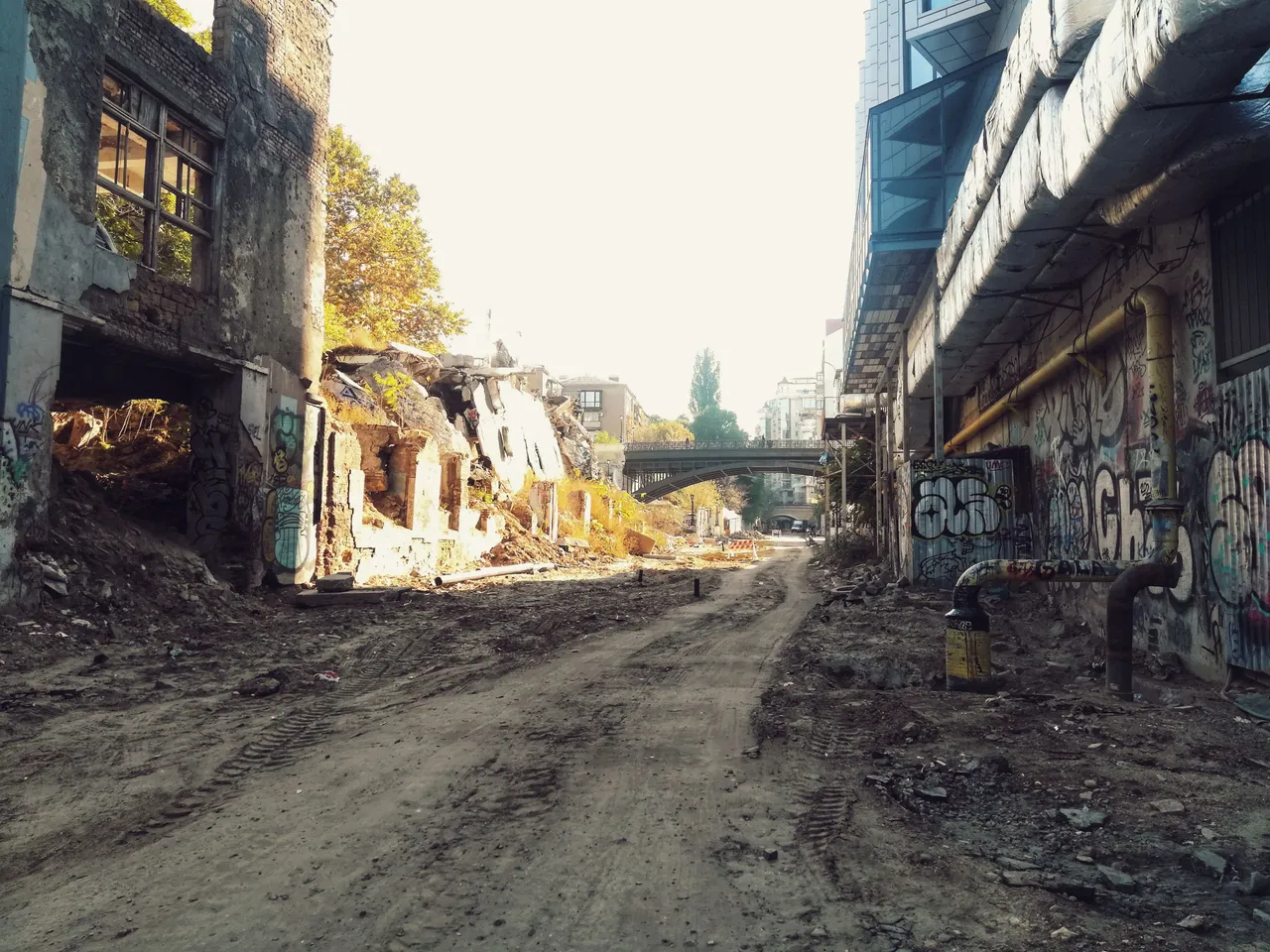
Due to the proximity of the port and the presence of slums, brothels for cheats found shelter in the "Ditch". The respectable public avoided visiting this place at dusk.
In the 90s of the twentieth century, after the final decline of the industrial zone, Devolanovsky descent became the habitat of the most violent youth gangs of the Central District of the city, which bore a common name for them - "Ditch".
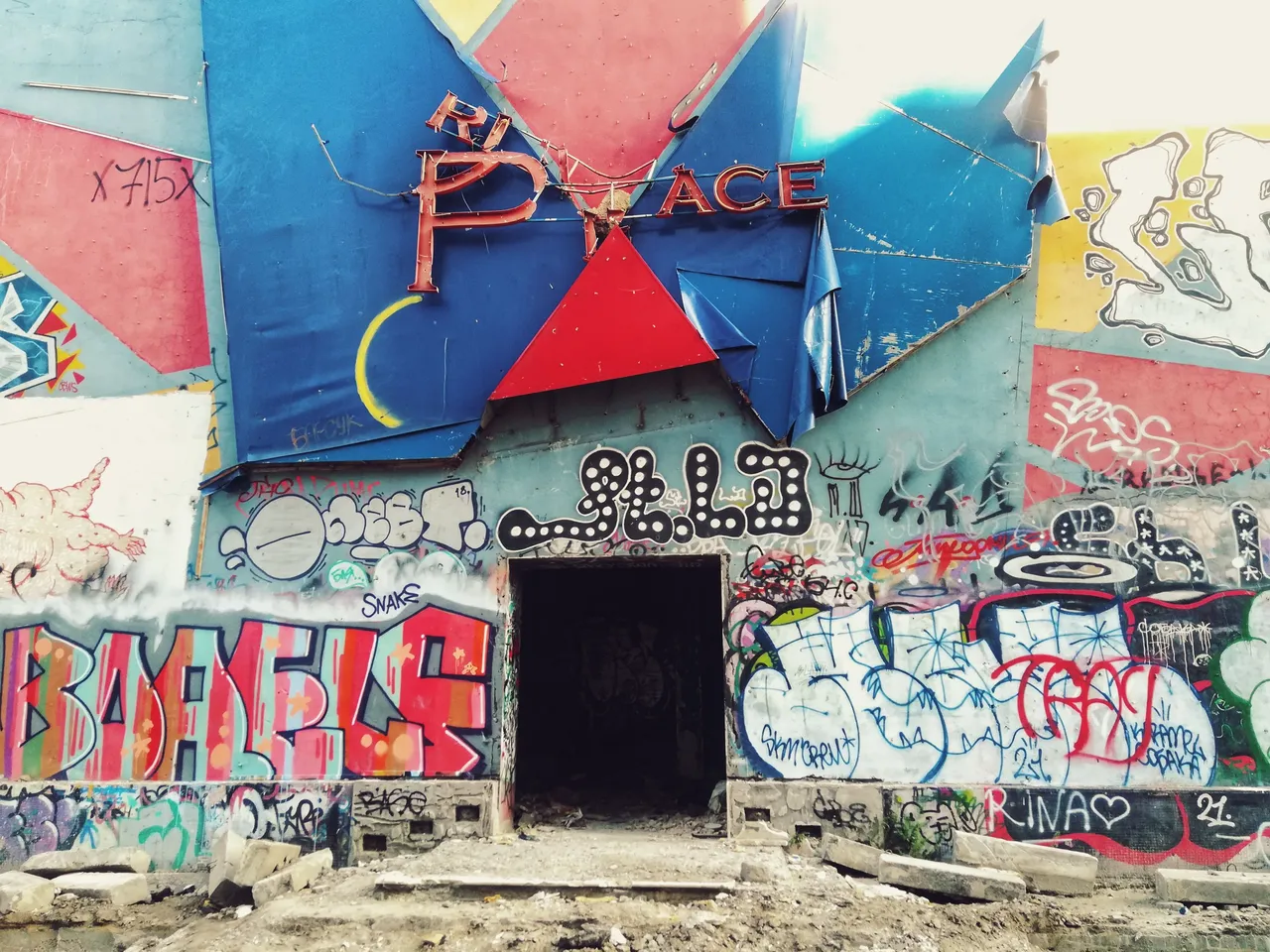
At the turn of the 20th and 21st centuries, an attempt was made to turn the slope into an entertainment area of interest to tourists. In the building located at 11 Devolanovskiy descent, in the late 1990s, the Amsterdam nightclub functioned, and after that, the Cristal Palace casino club. After the closure of the casino, the building was abandoned and became a shelter for homeless people.
At the moment, the street from which the development of Odesa actually began is a unique object of its kind for urbanism, a "ghost street" in the cultural and historical center of the modern metropolis.
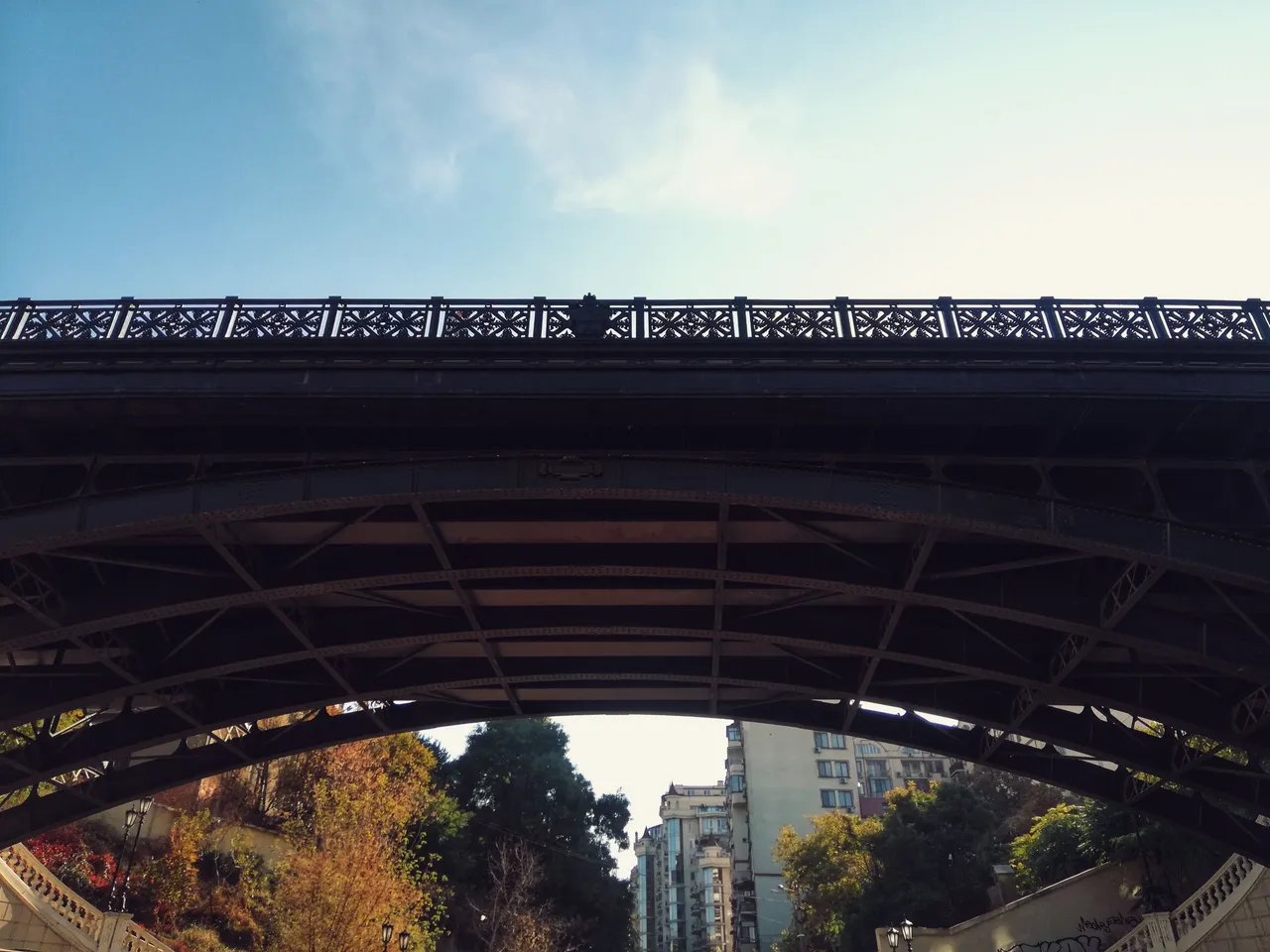
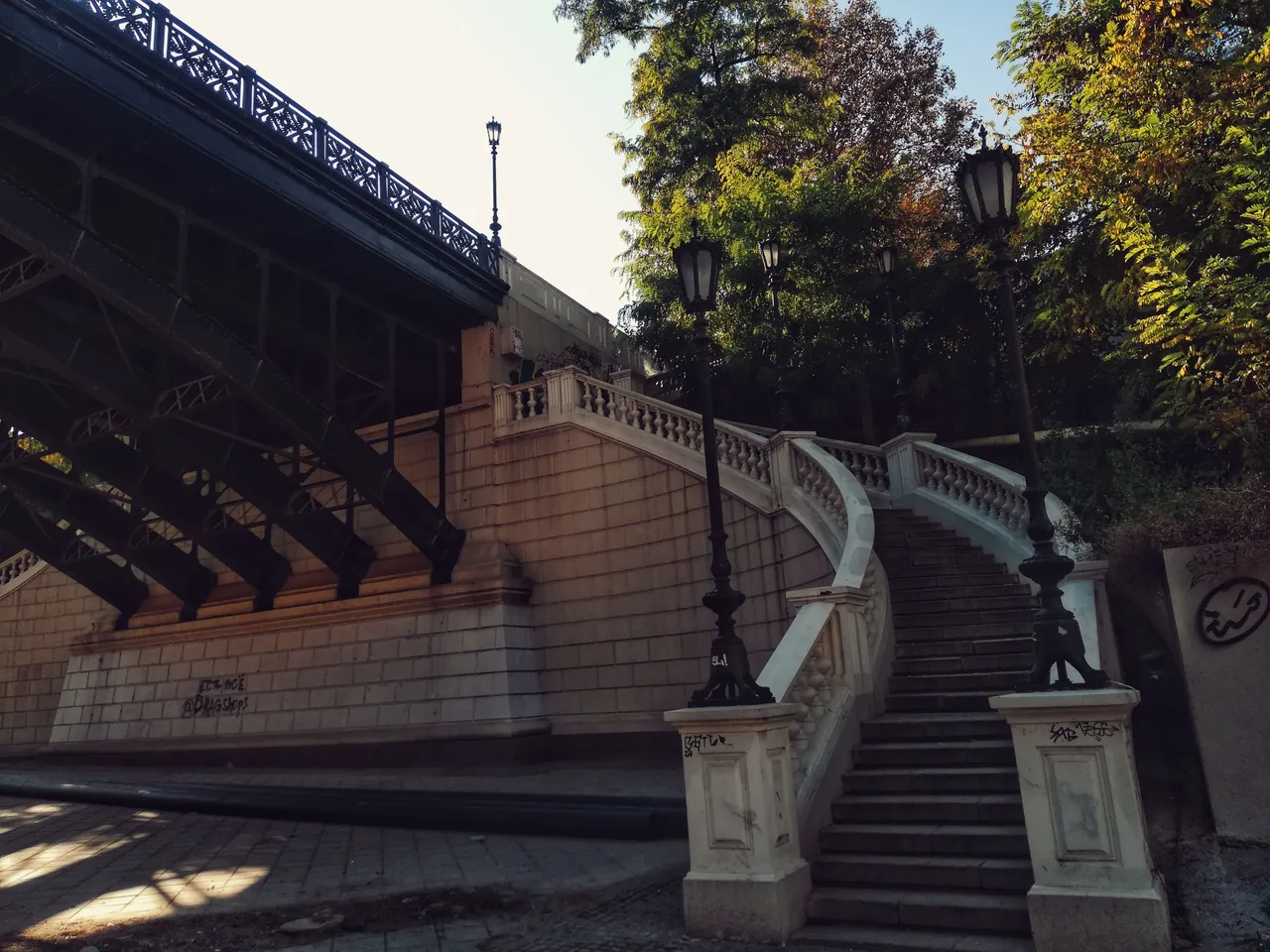
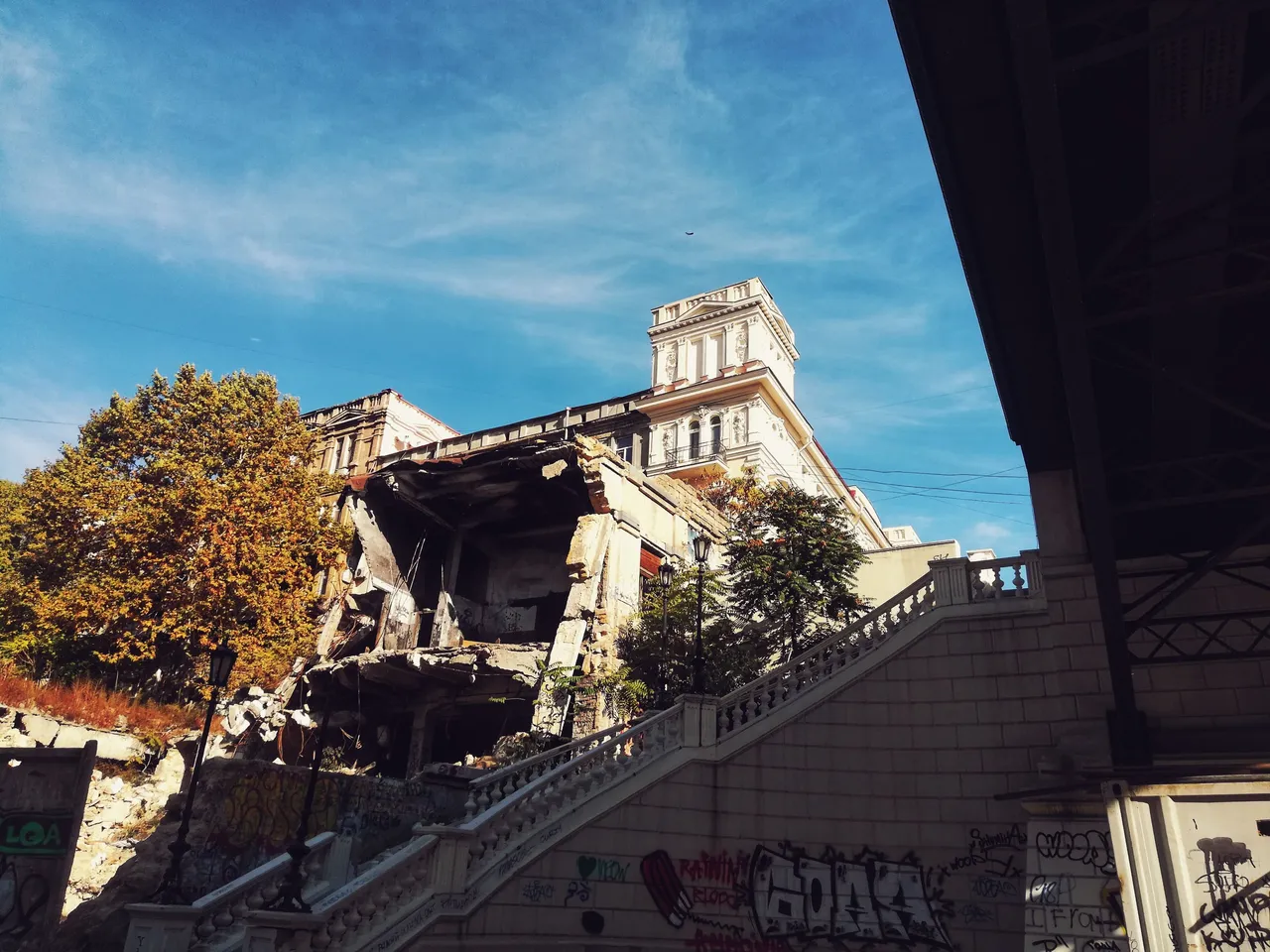
Among all this devastation, there is only one island of relative prosperity. This is the recently restored Kotzebue Bridge on Bunin Street, built-in 1892. But here, too, the vicinity of the bridge is attacked by vandals and graffiti artists. The bridge was built by the firm of the same engineer Eiffel, who created the eponymous tower in Paris.
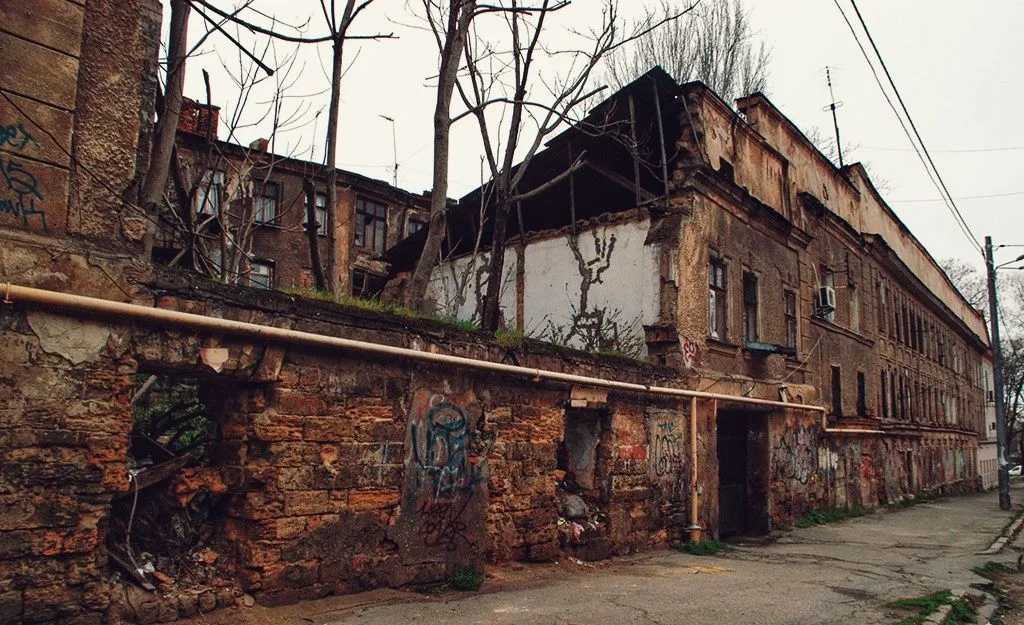
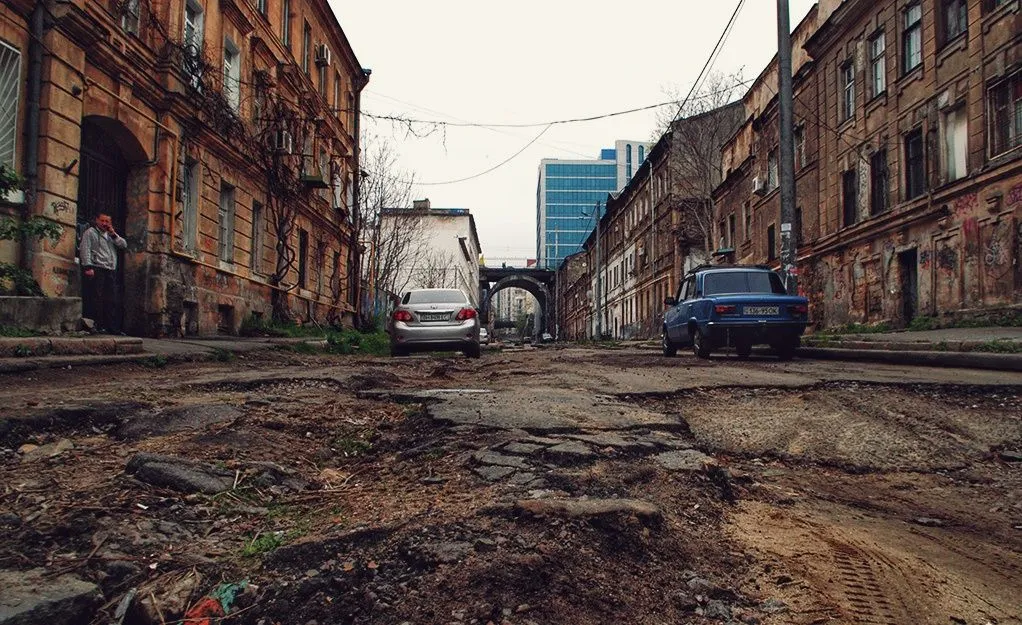
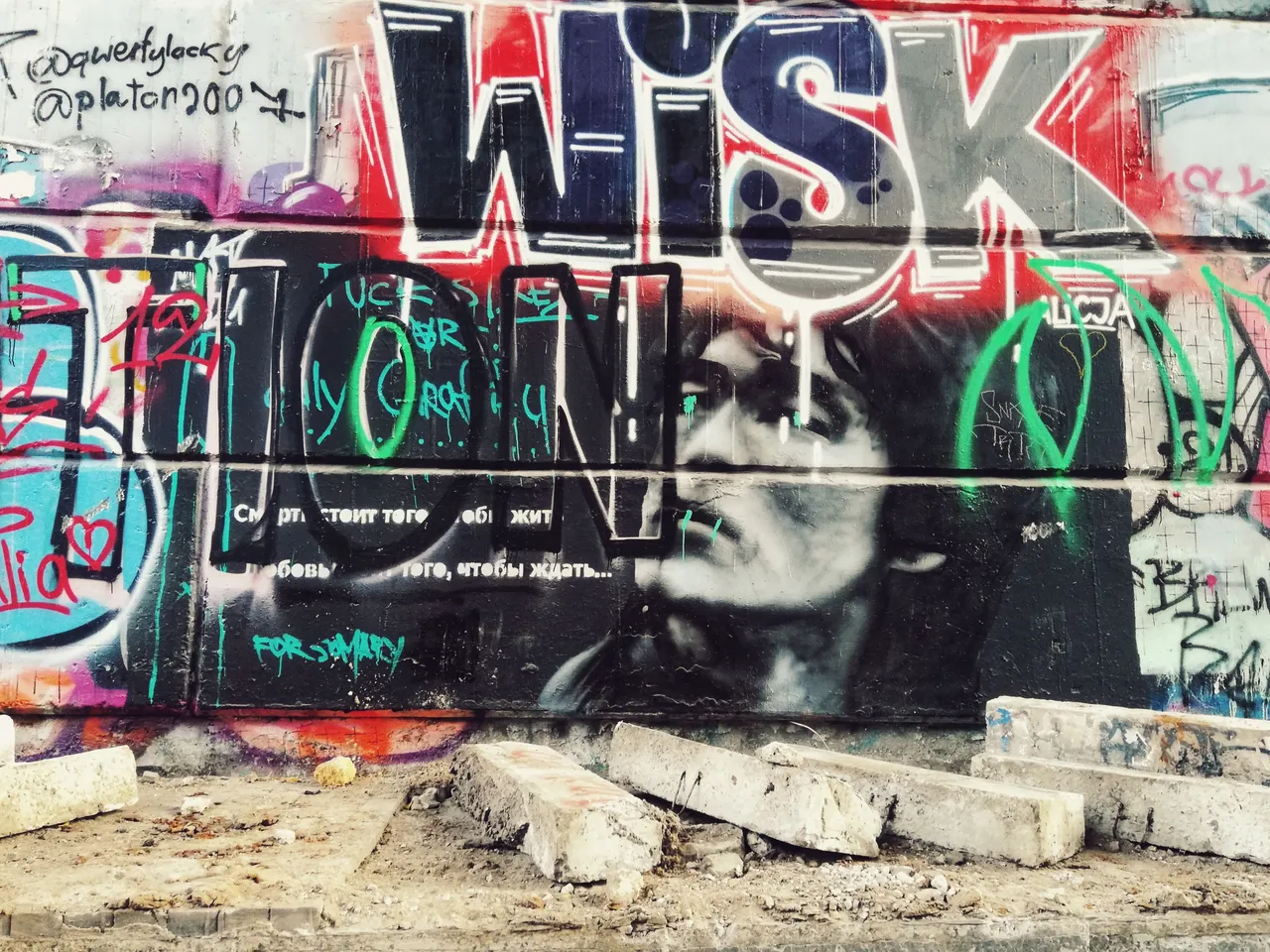

Devolanovsky descent in the future can become anything: a cultural cluster or a new transport artery of the city, but at present, it is the most depressing part of the central, historical area of Odesa.
Where is Devolanovsky descent located?
Devolanovsky descent is located in Odesa between Customs Square and Jewish Street.
The exact GPS coordinates are 46.481077, 30.745825
You can also save my map in Pinmapple.

